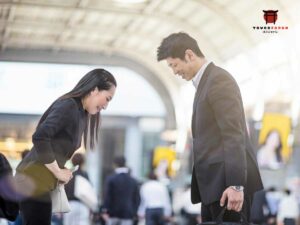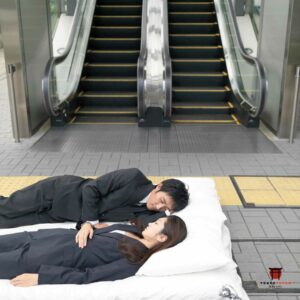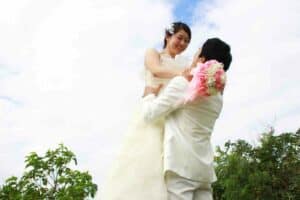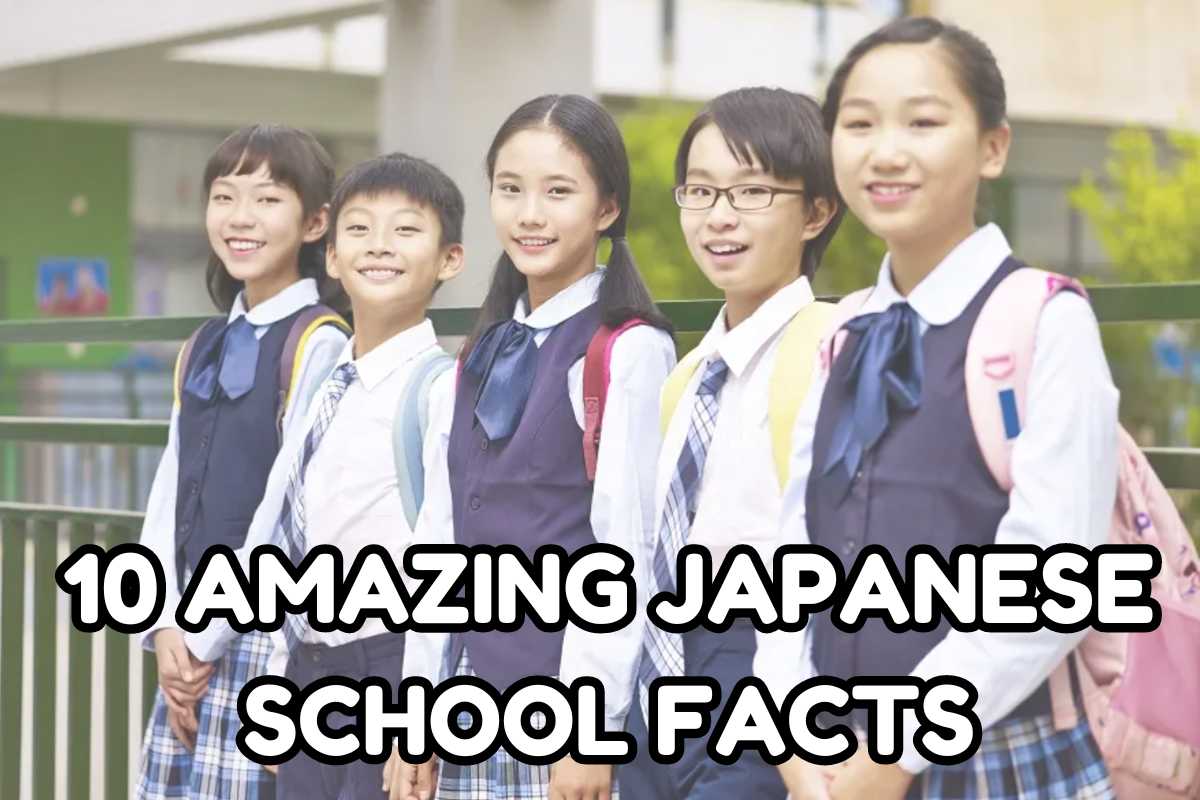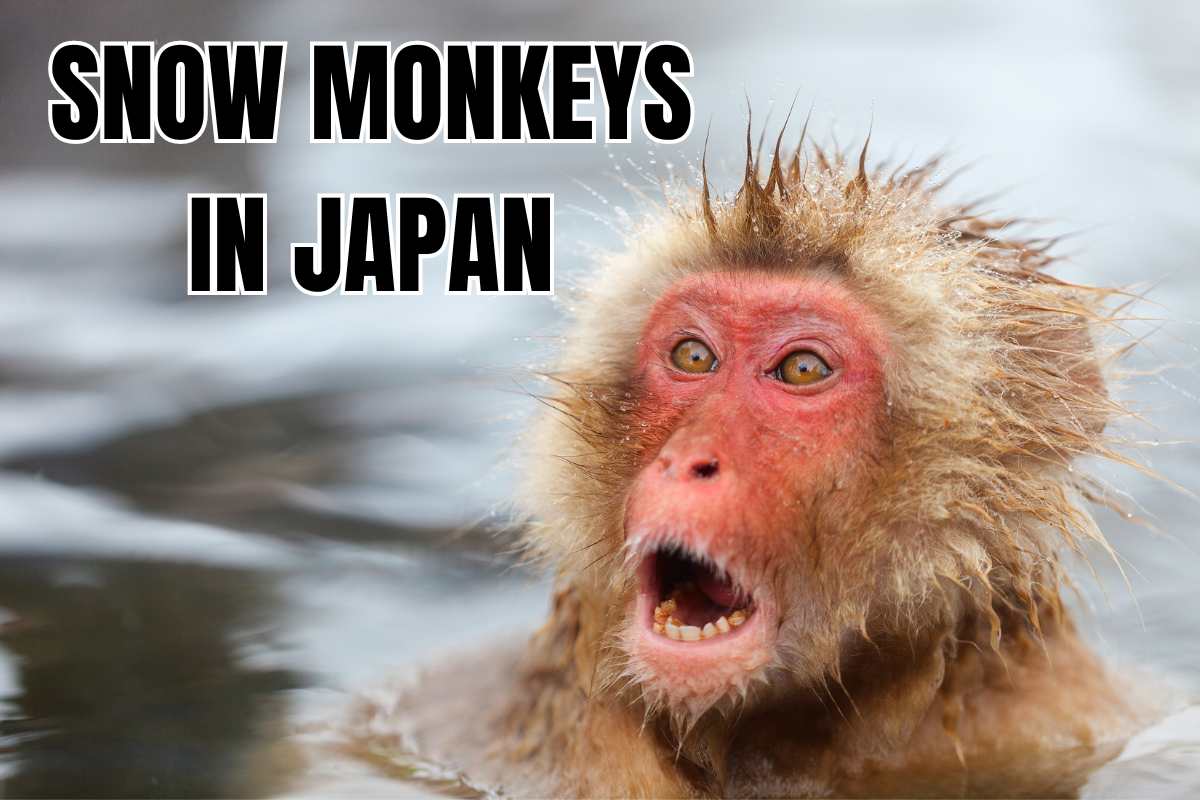The Western world finds Japanese culture endlessly fascinating.
This unique country has so many diverse elements to its culture that visitors are often left awestruck.
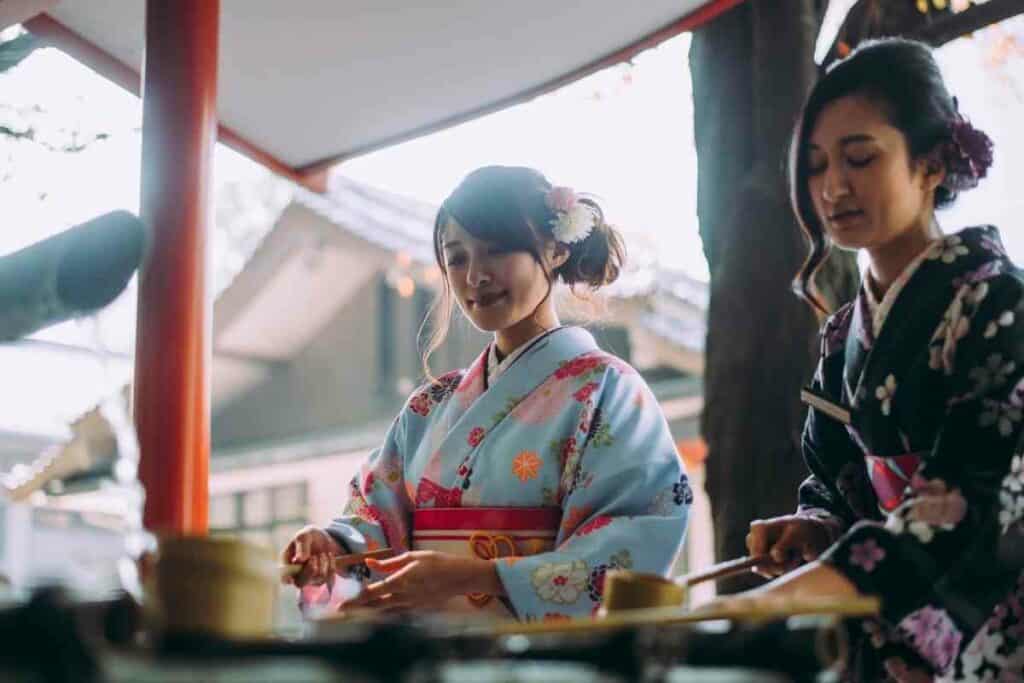
Whether it’s their love of manga and anime, their food, or behavioral characteristics, there are many things about Japan and Japanese culture that the rest of the world find interesting.
So, without further ado, here are fifty facts about Japan that will shock you.
Table of Contents
1 – Their love of coffee
Everyone knows that Japanese people love tea, but did you know they love coffee too?
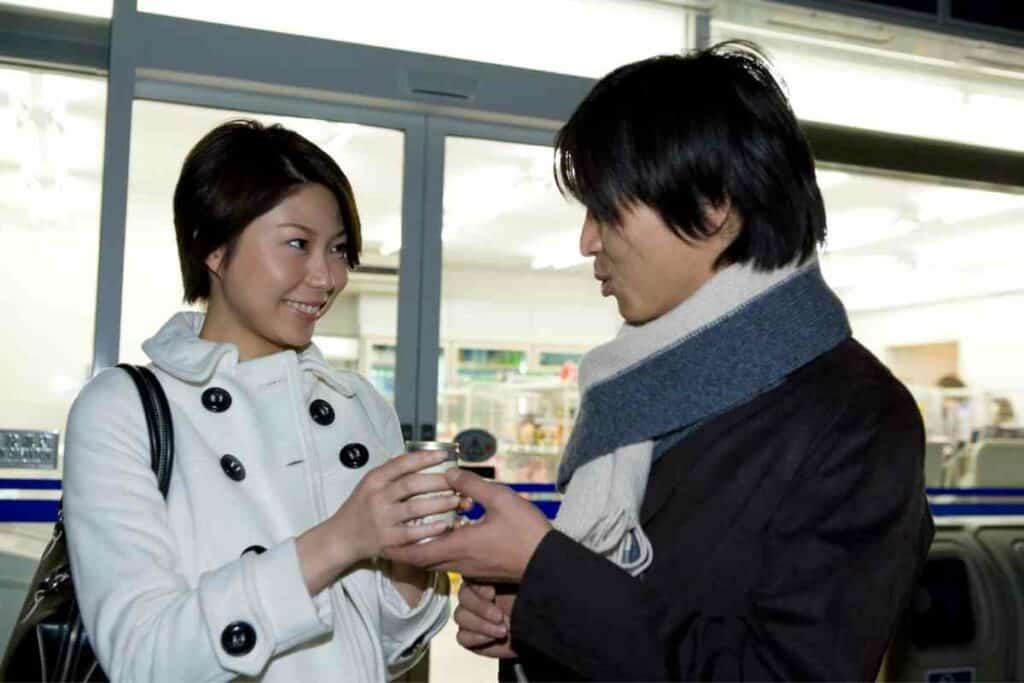
And not just any coffee, they’re particularly keen on Jamaican coffee – so much so that they are responsible for buying 85% of the country’s entire crop!
That’s a lot of coffee!
2 – Eating raw horsemeat
Believe it or not, not only do many Japanese people eat horsemeat, but they also often eat it raw.
In Japan, horsemeat is called sakuru niku, which actually means ‘cherry blossom meat’ -this is because of its deep color.
Horsemeat is usually eaten as sashimi, which is thin, raw slices.
This dish is a specialty in the Kumamoto Prefecture where there are lots of horse farms.
Eating horsemeat wasn’t all that popular until the mid-20th century when more cars appeared and so there wasn’t a great a need for horses anymore.
3 – Extremely low rates of homicide
Japan has a very low homicide rate.
In fact, only 0.3 people per 100,000 are intentionally murdered each year.
The only countries with lower homicide rates are Monaco, San Marino, Lichtenstein, and Andorra – which are all tiny places.
If we compare this figure, the U.S. has 4.8 per 100,000 and Belize has 44.7 per 100,000!
Some experts suggest this low level is down to an incredibly low level of gun ownership and the fact that 98% of murder cases are solved.
4 – Extremely low numbers of immigrants
Japan has very few foreign-born inhabitants.
It has strict immigration policies so only 1.5% of its population aren’t Japanese by birth.
To compare, 83% of the population of the UAE and 27% of Australians are immigrants.
5 – Melons are expensive
We’re not talking just a tad expensive here, but they’re ridiculously expensive.
Melons can sell for extortionate amounts because they were traditionally given as gifts to samurai. Melon farmers put a lot of effort into growing the best melons.
You can expect to pay 15,000 yen (200 USD) for a melon at an exclusive fruit shop.
6 – Paintballing police
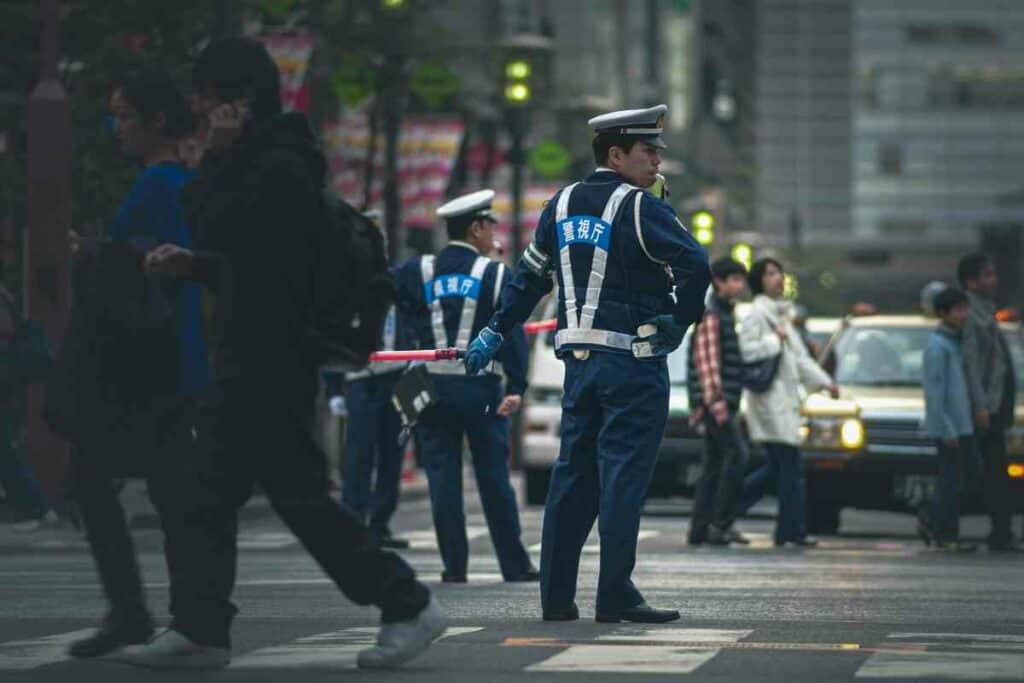
Japanese police officers often shoot fleeing vehicles with paintballs to make them easily identifiable!
The orange paint is not easy to remove and so the fleeing motorists are easy to spot.
7 – Train stations employ people to push passengers onto trains
An Oshiya (or pusher) is someone who is employed by a train station to push as many passengers onto a carriage as possible.
These workers are uniformed and wear white gloves.
You’re most likely to see these people during rush hour when there is pressure to keep the trains running on time.
8 – Having an army is banned
Ever since the post-WWII constitution was written, Japan has had a self-imposed prohibition on having an army.
Money that would have been spent on armed forces has instead gone on to develop their trains.
9 – World’s shortest escalator
Japan is home to the shortest escalator in the world.
The escalator is in Kawasaki, which is a city between Yokohama and Tokyo.
You’ll find the escalator in the More’s Department Store basement. It is only 83.4 cm high (2.7 ft) and has five steps.
10 – Low unemployment rate
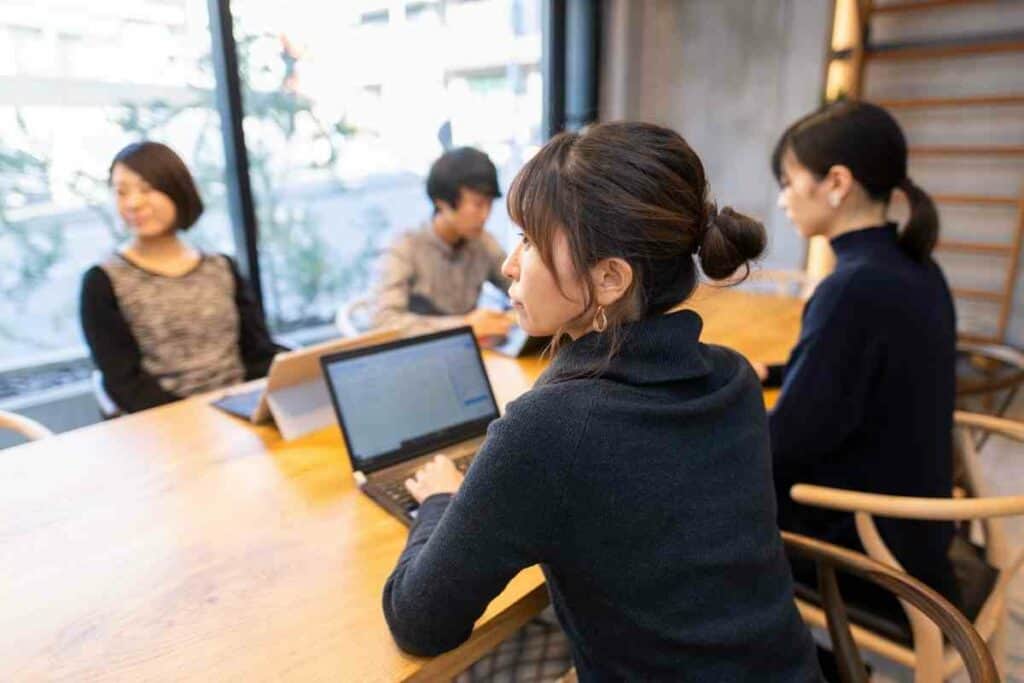
In Japan, the unemployment rate is very low at just 2.97% and is one of the lowest in the world.
To compare, the unemployment rate in Spain is 15.67%, Canada’s is 9.48% and the United Kingdom is 4.34%.
11 – Adult adoptions
98% of Japanese adoptions are of adult males.
This is because Japanese people want to keep their family name going through the generation or they want to pass on their family business.
12 – Raised flooring = no shoes
If you come across a raised area of flooring in Japan, this indicates that footwear should be removed to walk there.
Usually, when you enter a person’s home, there will be an area that is on the same level as the outside path and then a step up.
After this step, you’re expected to wear slippers – and you might even be given some to wear.
13 – The world’s largest fish market
Japan’s Tsukiji fish market is the largest wholesale seafood and fish market in the world.
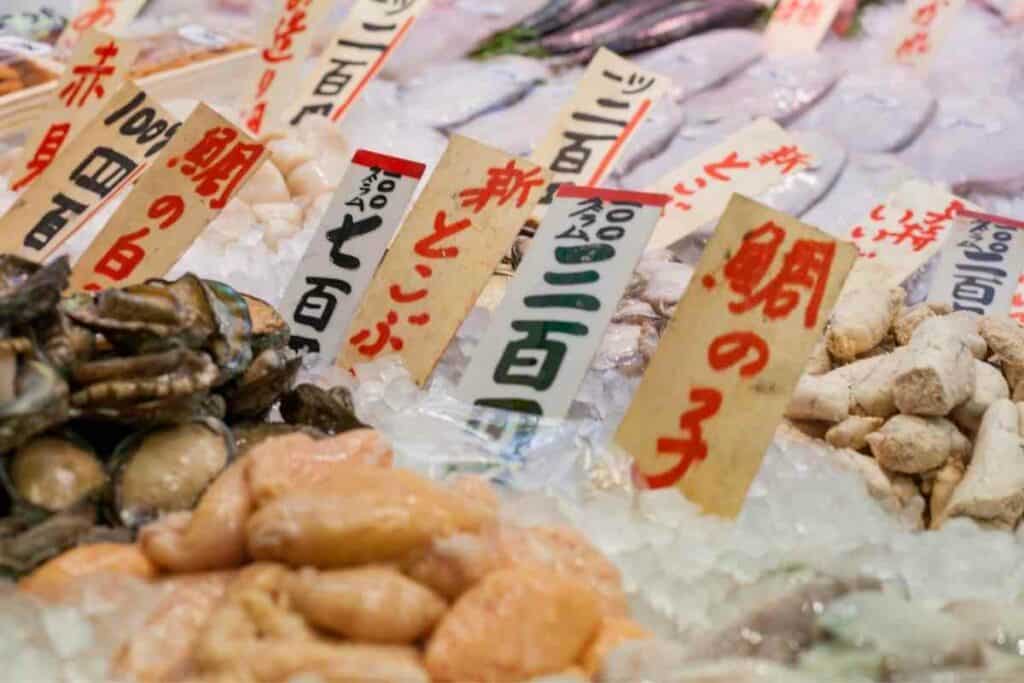
The market has existed since 1935 after it replaced an older market that had been destroyed during the Great Kanto earthquake in 1923.
There are around 900 wholesale dealers in the market.
14 – The Sun’s Origin
Nippon (or Nihon) is what the country is called in Japanese.
This means ‘the sun’s origin’ and is often translated to The Land of the Rising Sun.
Even the Japanese flag represents this meaning.
15 – 99% Literacy Rate
If you’re over fifteen years old, you have a 99% chance of being able to read and write.
This figure is huge compared to many other countries.
To Compare – The world literacy rate is 86.3%. The lowest figures are mostly from African countries like Chad, which has a 22.31% literacy rate.
16 – 110 active volcanoes
In Japan, there are around 110 active volcanoes, which makes it the most volcanic country in the world.
The country is within the ‘Pacific Ring of Fire’, which is a group of countries with seismic activity in the Pacific Ocean.
Most of the geology in Japan is volcanic material and it’s believed that the land here was only lifted out of the sea due to volcanic activity.
17 – Mount Fuji – the most climbed in the world
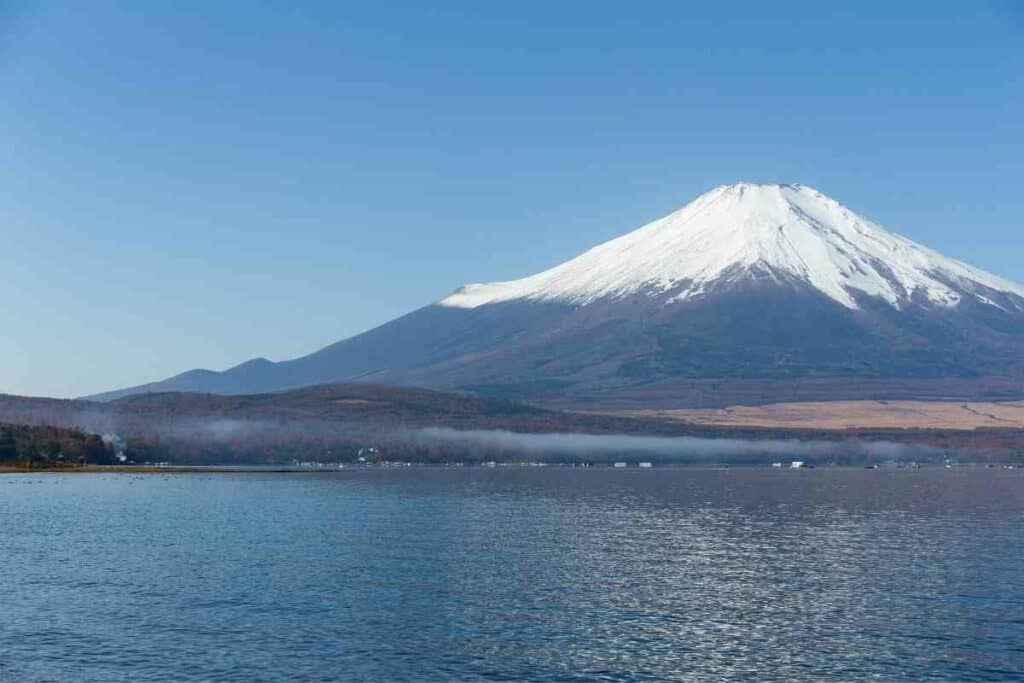
Japan’s Mount Fuji is actually the world’s most climbed mountain.
There are four trails to the summit and each one has ten rest stations that offer rest, food, and drink.
Even though it’s an active volcano, it hasn’t actually erupted since 1707.
It’s believed that the first person to climb Mount Fiji was a monk in 663 AD.
18 – Nobel Prize Winners
Japan has the highest number of Nobel prize winners in Asia with 28 winners.
Notable winners include Hideki Yukawa in 1949, Sin-Itiro Tomonaga in 1965, and Eisaku Sato in 1974 who was the Prime Minister of Japan.
19 – High Life Expectancy
Japan is ranked second in the world in terms of life expectancy.
The average citizen lives for 85.0 years. Males have a life expectancy of 81.9 years while for women, the figure is 88.1 years.
Until 1990, Japan wasn’t even in the top 100, so this is a huge achievement.
20 – Kentucky for Christmas
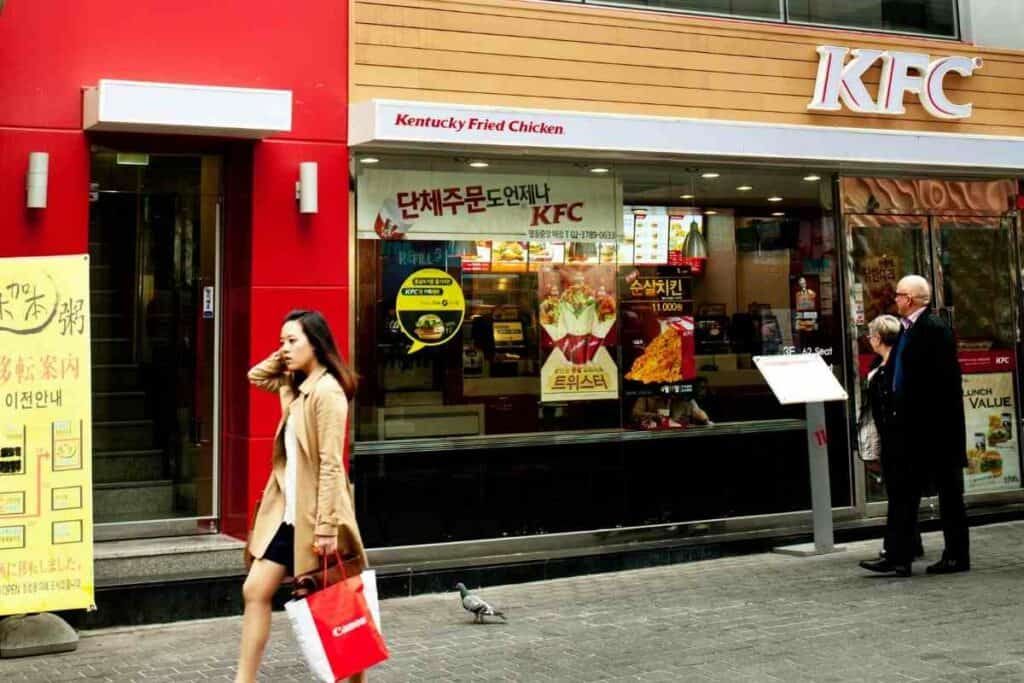
Believe it or not, many Japanese people have a tradition of eating KFC at Christmas.
This tradition has been going on for over 40 years!
21 – 6852 Japanese Islands
Japan is made up of 6852 islands. The four main ones are Hokkaido, Honshu, Kyushu, and Shikoku.
22 – Tokyo is BIG
Japan’s capital city is the largest in the world in terms of density, population, and land area.
23 – Japanese national anthem
The Japanese national anthem is the shortest in the world.
It’s also one of the oldest. The anthem is called Kimigayo, and it only has four lines.
The lines mean “His Imperial Majesty’s Reign.”
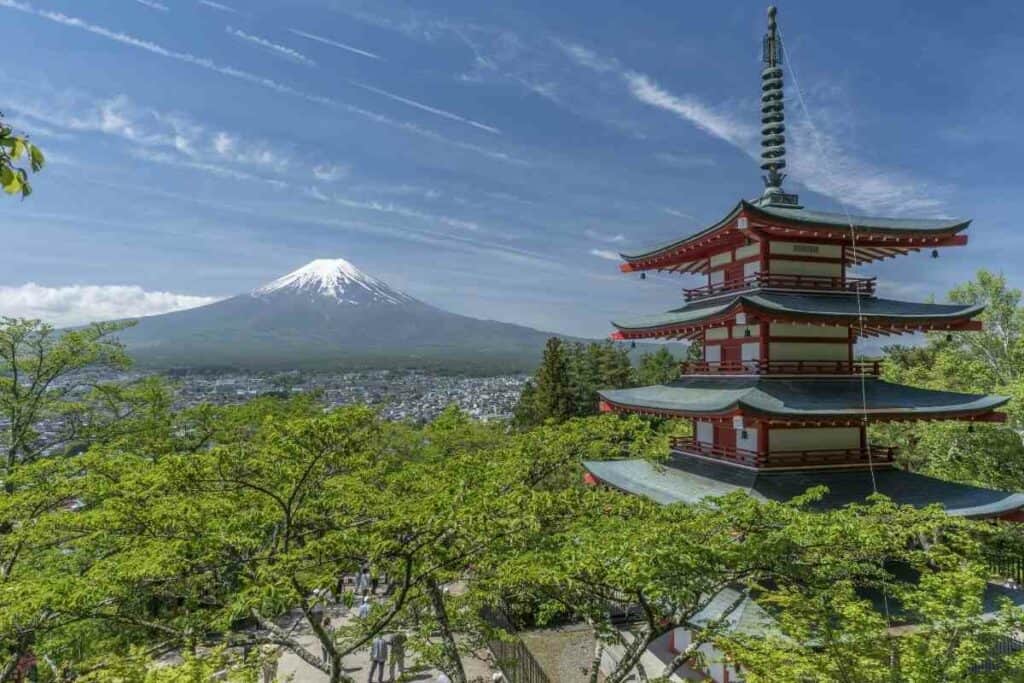
In terms of origins, it’s believed to have been taken from a poem that was written at some point between 974 and 1185.
24 – 1,500 earthquakes per year
Due to Japan’s location with the ‘Ring of Fire’, the country experiences around 1,500 earthquakes each year and is home to 20% of global earthquakes with a magnitude of 6.0 and above.
25 – Japan’s deadliest earthquake
The biggest and deadliest earthquake in Japan’s history was the Great Kanto earthquake in 1923.
The earthquake had a magnitude of 7.9 and hit Oshima Island near to Tokyo and Yokohama.
The quake lasted an incredible four minutes and triggered huge fires due to the number of people cooking on gas stoves when it struck.
There were around 143,000 deaths and more lives were lost because of the fires than the quake itself.
26 – The Origin of Origami
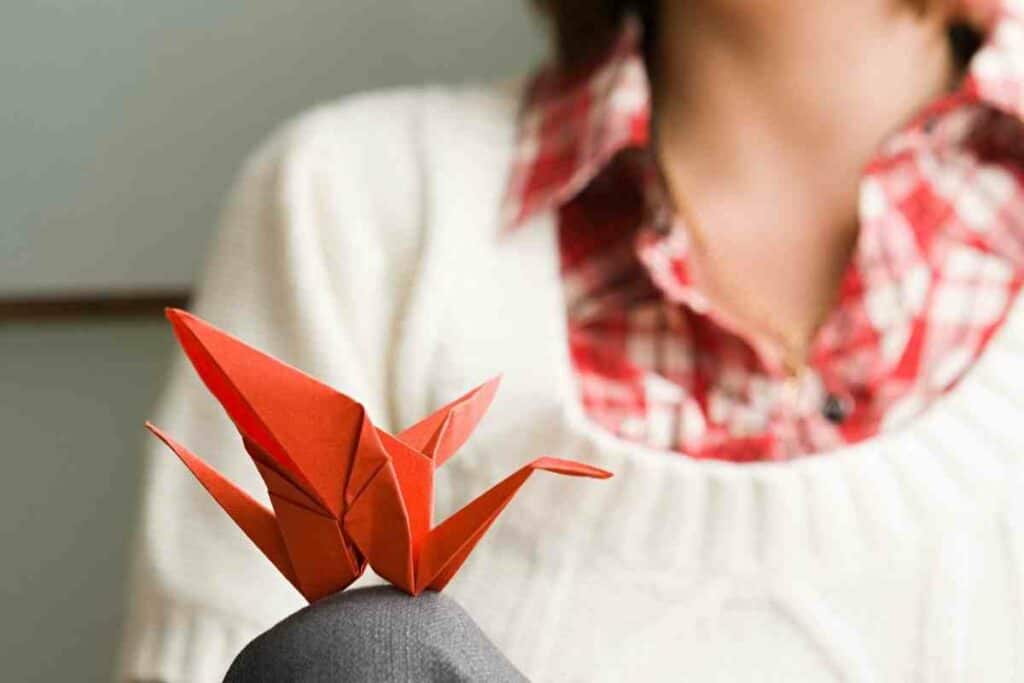
The paper-folding art of origami originated in Japan back in the early 17th century during the Edo period.
The word itself means ‘folding paper’ (ori = folding, kami = paper). The most well-known model is the paper crane.
27 – Toilet Slippers
Wearing shoes indoors is a big no-no in Japan.
Japanese people typically wear slippers from the entrance of their front door.
However, to use the toilet, they will change their slippers into toilet slippers that they use just to go to the bathroom!
28 – Naked baths in public
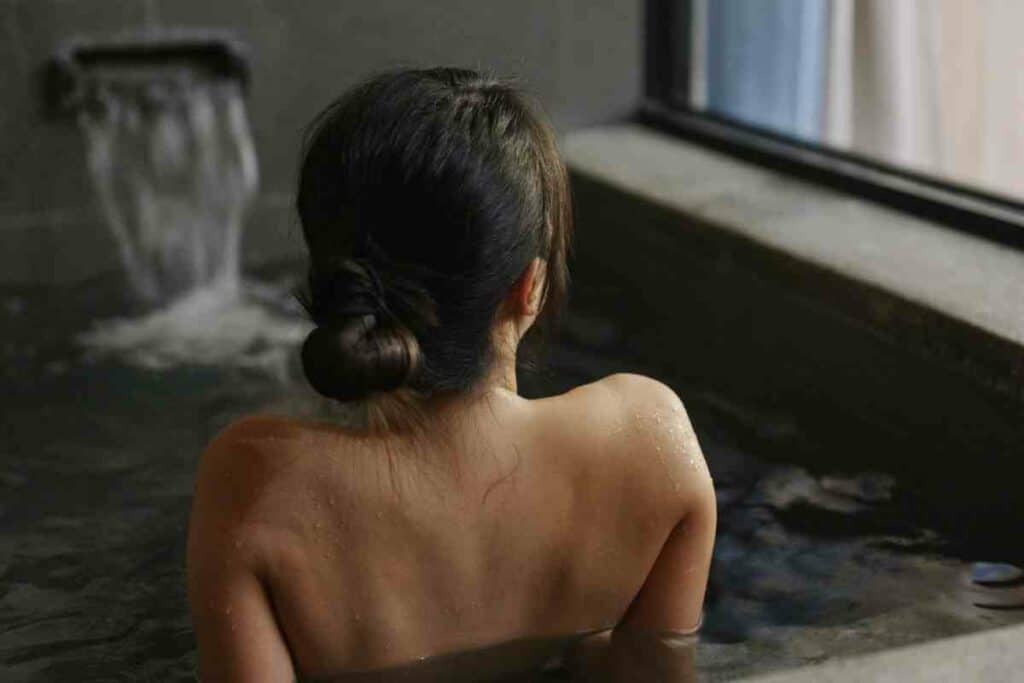
For many people in the Western world, being nude in a communal bath is not usual.
However, in Japan, there are hot springs called onsen which are supposed to have health and therapeutic benefits.
People will use these baths naked.
29 – Gambling is illegal
It is illegal to gamble in Japan and so lots of people do the next best thing, which is a game called pachinko.
This is a pinball-style game is about winning metal balls, which can be exchanged for cash in another establishment.
The establishment manages to get around a legal loophole because they are exchanged off-premises.
30 – Japanese Pop Groups
Pop groups in Japan are a big deal and new groups start up all the time.
Arguably the most well-known of groups is a group called AKB48 which comprises around 48 members or more.
There is a big J-pop scene with a loyal fan base.
31 – Long working days
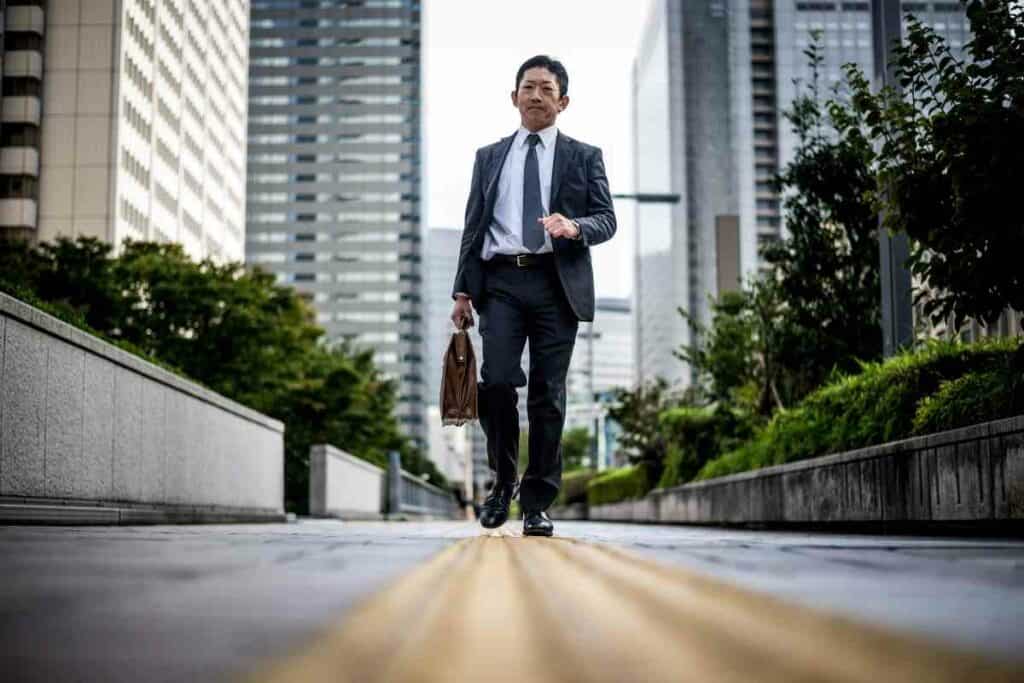
The Japanese are known for being hardworking.
They’ll often arrive at the office early and leave as late as 10 pm.
Even though the law says to work forty hours a week, many people do 60-hour weeks on a regular basis.
32 – Babies are 1 when they’re born
One little-known fun fact about Japanese culture is that they’re all a year older than you would think.
The phenomenon of ‘counted years’ or kazoedoshi means people say they’re one year older on New Year’s Day.
This means that a baby born on New Year’s Eve would be classed as one on their birthday and then two the day after!
Read later – 10 Best New Year Celebrations In Japan
33 – Catfish used to cause earthquakes (or so was believed)
Before tectonic plates were known about, Japanese people used to believe that there was a huge catfish that thrashed around causing the seismic activity.
The catfish was caused Namazu and there was a god called Takemizakuchi who had the job of taming the catfish.
34 – Anime
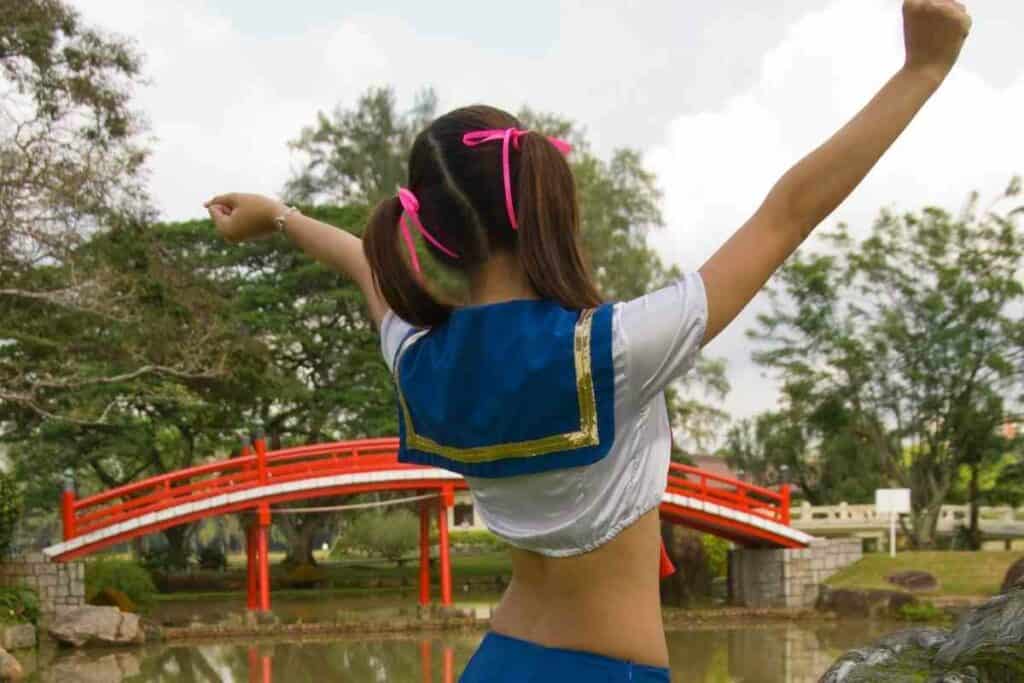
One of the most well-known Japanese exports is anime.
In 2016, around 60% of the world’s animation was from Japan.
It’s also had a huge impact on the wider culture in Japan and you’ll see snacks, advertising, and statues with anime themes.
35 – Morning Exercise
Japanese people often engage in morning exercise.
Each morning, there is a radio broadcast that lasts ten minutes and it’s followed by the elderly and school children alike.
This broadcast has been running daily for almost 100 years – since 1928!
36 – Baths aren’t for getting clean
Unlike many other countries in the world, Japanese people don’t use baths to get clean.
Instead, they will wash first in the shower and then use the bath just for relaxing.
37 – Don’t eat and walk
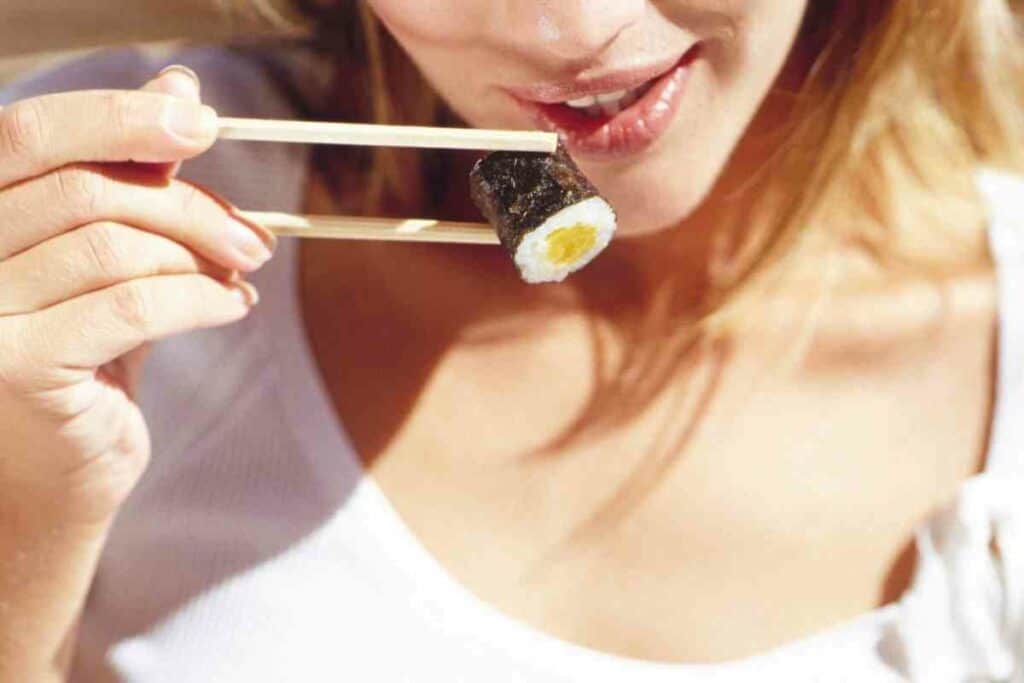
It’s really not acceptable to be seen walking down the street while eating something in Japan.
Sometimes, people will just stand by a vending machine instead so they’re not eating or drinking while walking.
38 – Non-verbal communication
Japanese non-verbal communication is a massive part of the culture.
Since lots of words have different meanings, non-verbal signs are a massive part of working out what a person means.
39 – They love rice
Unlike in Western countries, rice can even be (and often is) eaten for breakfast.
On average, Japanese people eat around 119 grams of rice per inhabitant per day.
Though this is a lot, it’s half of what’s eaten per person per day in South Korea and China.
40 – Japanese sweets aren’t sweet
Traditional Japanese desserts after often flavored with rice flour, matcha tea, and chestnuts.
In Japan, there’s a common belief that if a dessert is sweet, it’s poor quality!
41 – School lunch is the same for everyone
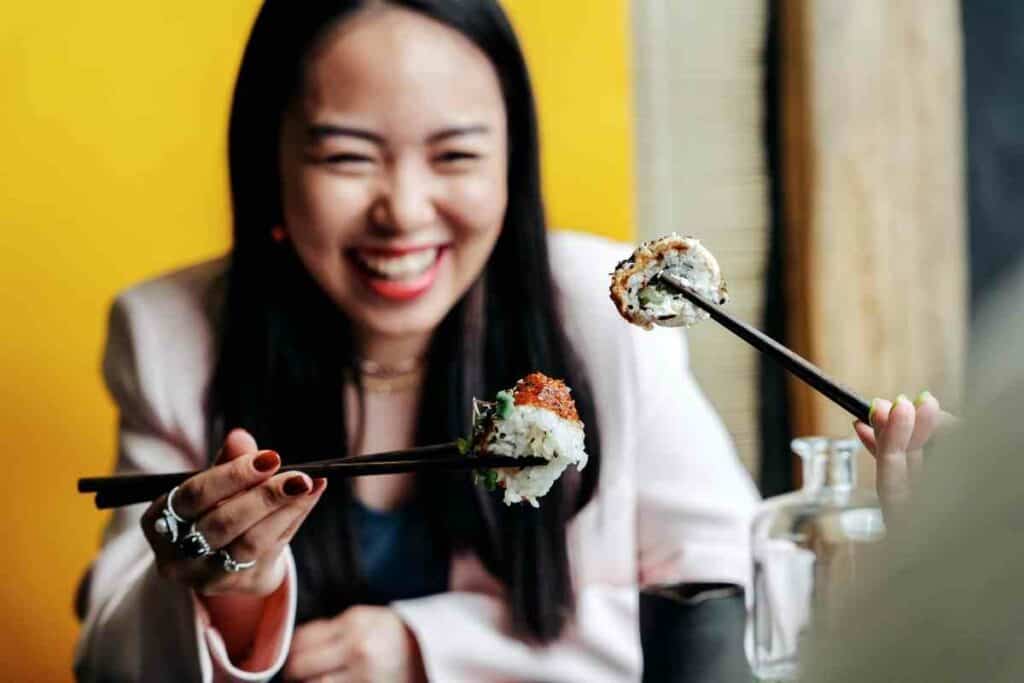
In a Japanese public school, you’ll be served the same as everyone else.
There is also a time limit to eat your lunch. Children also dine with teachers.
42 – The world’s longest-running business
In Japan, the business Kongo Gumi is the world’s longest-running independent business.
It was founded in 578. Yes, over 1400 years ago!
This company is in the construction industry and has its headquarters in Osaka.
43 – Sumo wrestlers follow strict rules 24/7
Sumo wrestlers aren’t like other sportspeople.
They devote their lives to the discipline and have to follow strict rules at all times. Their lives are extremely disciplined.
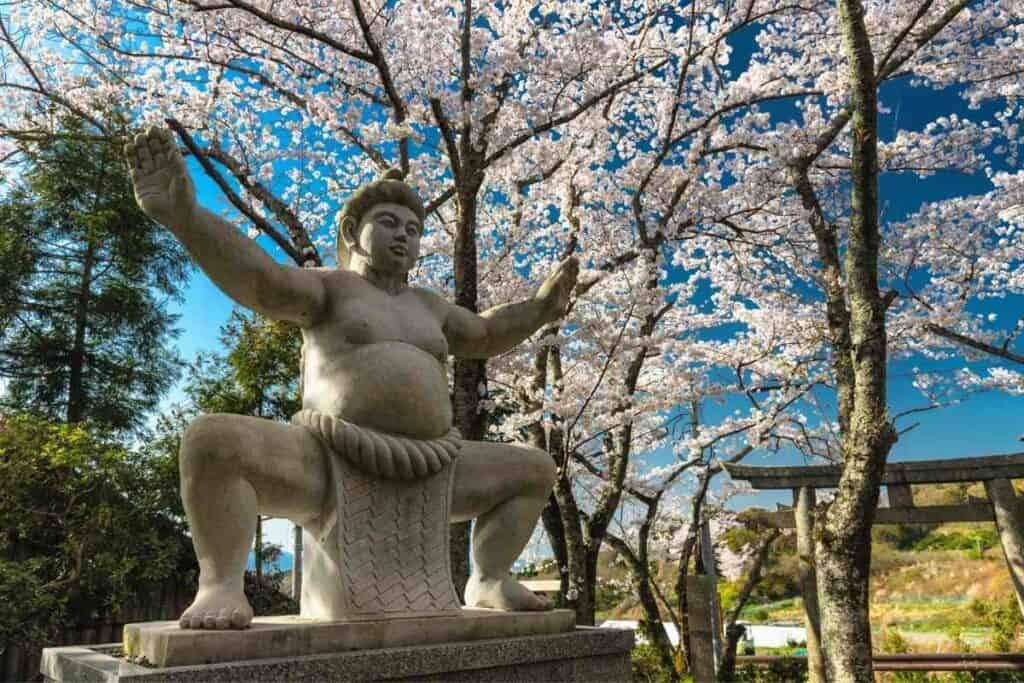
They must always Japanese traditional clothing and have their hair in the chonmage traditional topknot at all times.
This topknot is cut ceremoniously on retirement. Sumo wrestlers are also banned from driving due to their size.
44 – You can nap wherever
Called inemuri, Japanese people are fond of napping whenever and wherever.
In fact, it’s a sign that you’re a hard worker!
45 – Cuddle cafes
Cuddle cafes are a relatively new phenomenon that started in 2014.
These soine-ya are available for people to go and get some affection – though nothing sexual is allowed!
There is an itemized menu containing things like ‘stroke the hair for three minutes’ or ‘stare at one another for one minute’.
46 – Uneven teeth is a fashion trend
Quite unbelievably, there is a trend called yaeba.
Young women have begun getting artificial teeth installed.
Nothing strange about that right?
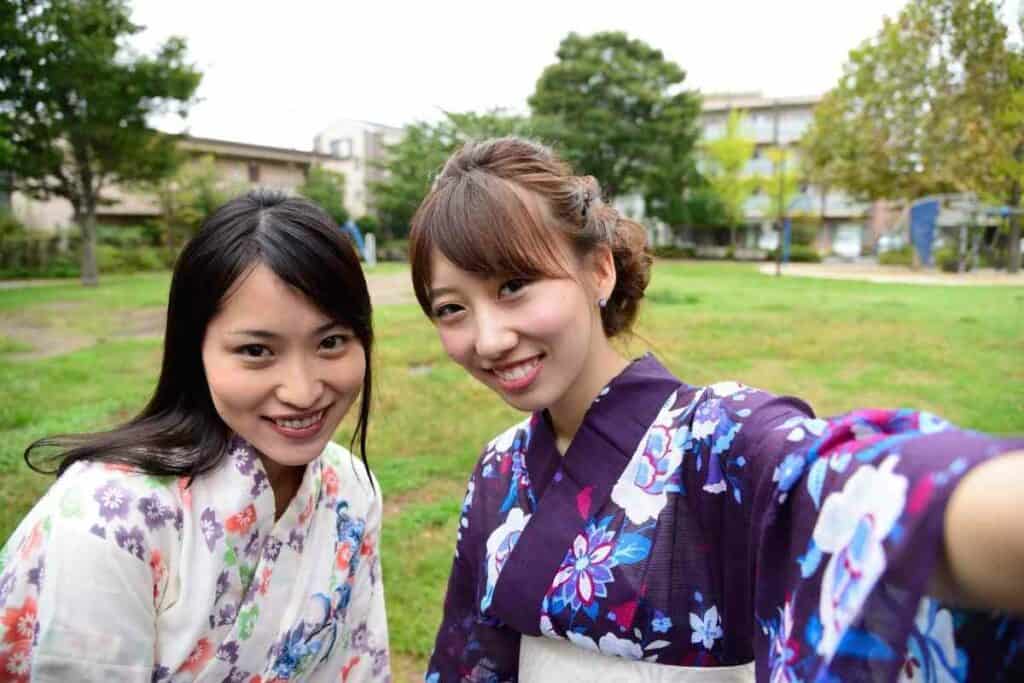
Except, this trend means they choose uneven teeth in order to have a natural smile!
47 – Aging population
Having a high life expectancy means there are lots of old people around.
There are over 70,000 Japanese centenarians (people aged 100+).
A huge 88.1% of these are women.
The oldest-ever Japanese person was Kane Tanaka, who reached 119 years and 107 days before her death on 19th April 2022.
48 – Japan has its own diseases caused by pollution
The yondai kogai-byo or four big pollution diseases of Japan, were all manmade diseases that were caused by pollution after Japanese corporations failed to deal with industrial waste appropriately.
The first of the four diseases occurred in 1912 and the other three were during the 50s and 60s.
The diseases were called:
- Itai-itai (caused by cadmium poisoning)
- Minmata disease (caused by methylmercury)
- Niigata Minamata disease (caused by methylmercury)
- Yokkaichi asthma (caused by sulphur dioxide)
49 – Japanese people are small
The average height of a man in Japan is 171.2 cm (5ft 7in).
This has increased by around six inches over the last century.
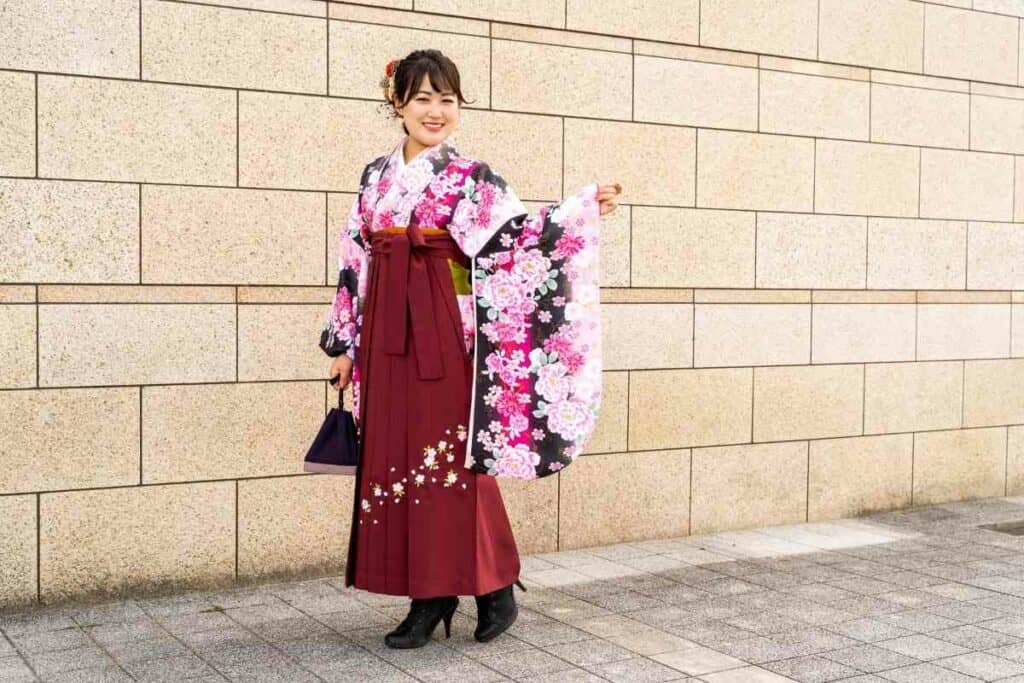
As recently as fifty years ago, the average height for a man in Japan was 5ft 2in.
To put this into context, the average height of a man in the UK is 5ft 10in. In the U.S., it’s 5ft 9in.
Women are now 158.8 cm (5ft 2in) on average, but the average used to be under five feet.
50 – There aren’t many obese people
Walking around Japan, you might notice how there aren’t many obese people.
In fact, only 3.6% of Japanese people have a BMI over 30. In America, this is 32%.
Final thoughts on shocking facts about Japan
So, there you have it, fifty shocking facts about Japan.
After reading all of these, we’re sure that you’ll find this country even more fascinating.
Also Read
- 10 Amazing Facts About Schools in Japan: Unique Traditions and Educational Practices
- Where can you see snow monkeys in Japan: Best locations and viewing tips
- What Are Ashiyu in Japan: Relaxing Foot Baths in Hot Springs
- Tatemae and Honne: Navigating Japan’s Dual Social Codes
- Inemuri Practice in Japan: Acceptable Napping in Public Spaces
- Japanese Wedding Traditions (Venue, Dress & Food)




